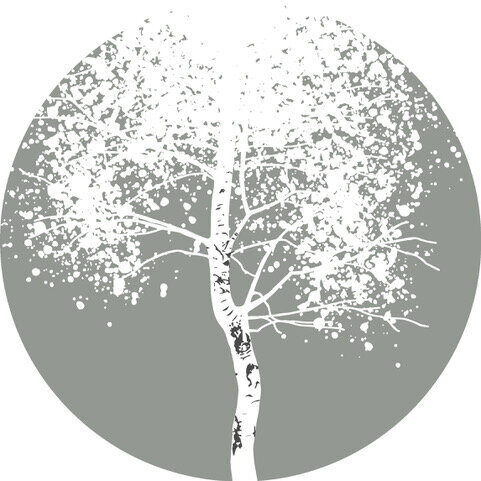Changing Your Yoga Practice to Suit Your Body
/My initial experience of Yoga was during my first pregnancy at the age of 28. Pregnancy Yoga introduced me to the power of the union of breath and movement. I used what I learned during my Yoga classes to home-birth both of my children without incident. It was an immensely powerful experience and one that led to a life-long love of the practice.
My body in those early years, was flexible and strong and like many on the hyper-mobile spectrum, I found most of the poses easy but that didn’t mean they were all beneficial. One teacher whose classes I went to, encouraged me to lie flat in supta viransana and then had to pull me up when I couldn’t get out! She was quite happy to do this for weeks.
An accident I had as a child, set me up for a lifetime of lower back trouble. It was no surprise that following lessons with that particular teacher, my back suffered. I took a hiatus from my weekly classes until, in my late thirties, I found the style of Yoga that best suited me and a teacher who encouraged me to practice with greater self awareness.
Like many of you, I’m sure, I only practiced Yoga once a week during my lesson. It wasn’t until I was encouraged to train as a Yoga teacher that I developed a home practice and then, not only did I benefit from keeping my body supple and strong, but my mental health improved dramatically too.
Over the years, my practice has changed. Like many practices, it is much easier to do when you have someone else guiding you. Once alone on my mat, my initial practice was purely physical (asana based). As I learned to listen to my body, tension eased and my obsession led to my sometimes practicing for two hours a day!
While I was being taught new breathing techniques (pranayama), I was instructed to practice these for at least ten minutes daily. Having suffered a mental breakdown only a few year prior to teacher training, I couldn’t be present. I felt agitated, fidgety and irritable.
The breath has the ability to heal but it can also break us down; something that has to happen in order for change to manifest. While this may sound dramatic, perseverance empowered me to push through the barriers and make pranayama a part of my practice. I’m so grateful that I did because the mindful practice of pranayama has been my greatest healer.
Mid-life was a massive change for me. My sleep became more disturbed than ever and my nervous system became hyper-sensitive. I had no energy and found the need to slow down; be more mindful and make conscious choices. As such, my practice changed dramatically.
During the peri-menopausal years, I mostly lay down on my mat! Breath was absolutely the centre of my practice as were more somatic and restorative practices; be they the poses themselves or techniques such as Yoga Nidra and the Body Scan,
I won’t deny that I lost strength during those years because I simply did not have the energy to push through. Eventually, menopausal symptoms improved and I found I was ready for more. My body on the other hand, had other ideas!
Whilst I had the energy for a stronger practice, my joints, particularly my knees, had stiffened and slowed me down. I had to learn to listen and be patient. It isn’t easy being forced to accept change, particularly when it comes to aging. That niggly back of mine almost prevented me from practicing at all as arthritis had set in.
Now that I am post menopausal, self compassion plays the most valuable role in my practice. Accepting where I am, the limitations I now have and listening to what my body needs in the moment serve me best.
My body prefers days off the mat and when I am on it, a shorter practice suits me. Maintaining flexibility is vital but I find strengthening exercises are not always Yoga based any longer. It is important to use weights in our exercise routine so I try to incorporate them into my time on the mat, creating some sort of routine that combines asana with physiotherapy and cardio.
Yoga has 8 limbs to it and therefore does not limit us to asana; it doesn’t even limit us to the mat. Pranayama still helps me manage my mental health and this has always been a source of good in my life. The attitude we adopt in our practice is possibly more important than the practice itself. The key is checking in; taking time to pay attention to what is showing up in the body and mind on any given day dictates my starting point and from there, I go where I am taken.
I hope you find some helpful cues here but if you want some help, please get in touch.

